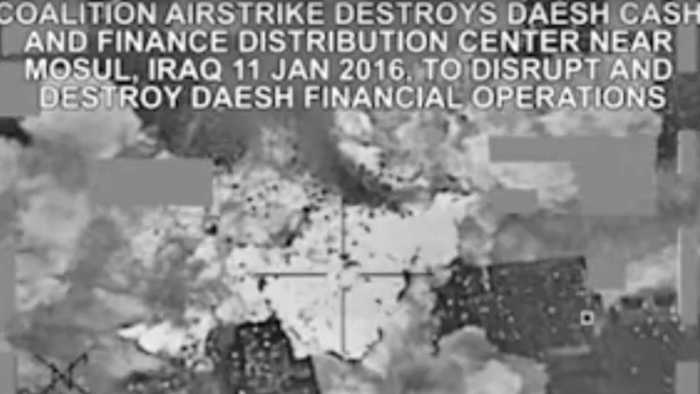On October 3, 2024, top Israeli officials, including Prime Minister Benjamin Netanyahu, convened to formulate a comprehensive military strategy in response to escalating tensions with Iran following significant missile attacks from the latter. The discussions, revealed by sources to the New York Times under the condition of anonymity, highlight the serious implications of Iran’s bombardment, which saw up to 200 ballistic and hypersonic missiles launched at Israel. This act of aggression symbolizes a dangerous turning point, setting the stage for a possible broader conflict across the Middle East. Israeli officials have publicly warned that their forthcoming retaliation will be considerably more severe than previous actions, signaling a commitment to an escalated military response.
U.S. President Joe Biden has re-engaged in dialogue with Netanyahu regarding Israel’s potential retaliatory strikes against Iran, marking their first conversation in several months. During a press interaction, Biden acknowledged that discussions were ongoing about supporting Israel in targeting Iran’s crucial oil export facilities but indicated any immediate actions were off the table. This context presents a complex geopolitical backdrop where U.S. support plays a critical role in shaping Israel’s military strategy and operational decisions, especially against the prospect of Iranian retaliation.
In a speech to the United Nations General Assembly, Netanyahu traced the origins of current hostilities back to Hamas’ invasion, which he asserts was orchestrated with Iranian backing. This perspective implies a multifaceted conflict where Iran’s involvement extends beyond direct military engagements, detailing its role in instigating various groups against Israel. Analysts suggest that Israel’s operational focus should pivot towards dismantling key Iranian economic and military assets. David Asher, a senior fellow at the Hudson Institute, argues that Israel can leverage its successful tactics against Hezbollah to counter Iranian operations directly, emphasizing a focus on the Islamic Revolutionary Guard Corps (IRGC) and critical leadership structures.
Asher outlines a multi-layered strategy that prioritizes targeting Iran’s military capability and economic lifeline simultaneously. This includes engaging its missile operations while minimizing civilian casualties to avoid generating internal support for the regime. Asher advises the elimination of key Iranian leaders and the incapacitation of military training facilities along Iran’s borders. Central to this strategy is the necessity of neutralizing threats posed by Iran’s missile capabilities alongside striking at Iran’s financial infrastructure through economic warfare. Such an approach parallels past U.S. engagements in Iraq against ISIS and similar entities, aiming to undermine the regime’s operational capabilities financially and militarily.
Equally pressing are the implications for global oil markets should Israel follow through on its plans. Analysts expect that any Israeli strikes on Iran’s oil infrastructure would lead to a significant spike in Brent crude prices, potentially reminiscent of past energy crises. Current estimates suggest that Iran’s crude exports are already below normal levels amid international anticipation of conflict. Analysts predict that restricting Iran’s ability to export crude could create a substantial shock in global energy prices, affecting both buyers and suppliers globally, particularly those in Asia, which rely on Iranian oil.
As the situation evolves, a critical question looms regarding the timing of Israeli strikes in relation to the upcoming U.S. presidential election. The geopolitical landscape remains fluid, with the potential for a significant escalation in military action between Israel and Iran. Both nations remain poised for further conflict, and how the U.S. navigates its support for Israel will be vital in shaping the responses from both Israel and Iran. This ongoing volatility underscores the precarious balance of power within the Middle East, as well as the significant economic repercussions that could follow any military engagement, highlighting a complex nexus between military strategy, regional stability, and global oil supply chains.

